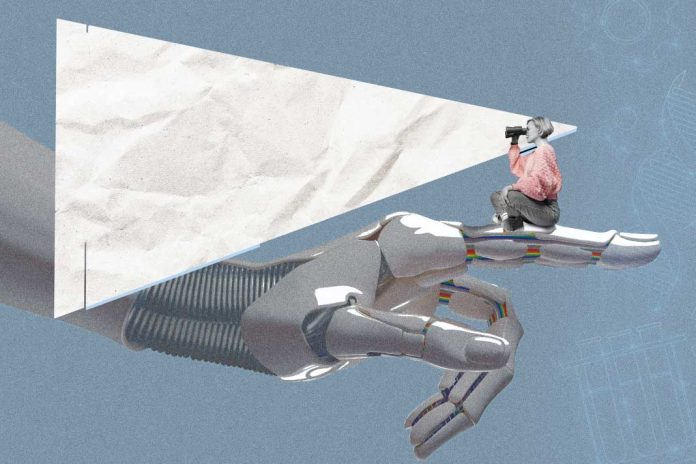Deploying an AI agent is like hiring a brilliant but unpredictable employee. It has immense potential, but you cannot simply “hire and hope.” The challenge is to ensure it works consistently, safely, and usefully in the real world. This requires more than static benchmarks and subjective spot-checks; it requires a new science of evaluation.
Evaluating AI isn’t clean or simple. Unlike traditional software, artificial intelligence (AI) is probabilistic, context-dependent, and often subjective. A single prompt like, “How do I boost workplace productivity?” can produce dozens of plausible answers. The question isn’t just, “Did it get it right?” but, “Was it useful, accurate, on-brand, and safe?” This requires us to think beyond binary metrics and embrace nuance.
The Foundations of AI Evaluation
Performance measurement must be part of the development process, not an afterthought. Some teams fall into the trap of relying solely on periodic human reviews, but without live, evolving evaluation methods, agents can quietly degrade. A resilient system is built on two core principles:
- Continuous Integration: Every AI agent needs to be built with an evaluation dashboard from day one. This means creating systems to version and test prompt sets continuously, log and classify errors in production, and run automated evaluations after every model or capability change.
- Multidimensional Measurement: It’s not just about “correct” answers. One practical technique is combining automated large language model (LLM)-based scoring with human-style rubrics. These can track hallucination rates, tone, clarity, and empathy—all essential qualities for agents in customer service, HR, or other high-stakes functions. The result is a scorecard that reflects how the agent actually performs in context.
The Payoff: From Iteration to Impact
This integrated approach delivers measurable improvements. In one enterprise use case, embedding evaluation into the agent development cycle helped identify underperforming rubrics, leading to a jump in accuracy from 70% to 94% within just a few hours. In another, a financial services team improved an internal support agent’s accuracy from 66% to 92% in three days, cutting iteration time from weeks to days.
The common thread is that evaluation wasn’t left to manual review or post-launch quality assurance (QA). It was integrated into the system—automated, continuous, and actionable.
Advanced Techniques for Trust at Scale
At scale, another challenge emerges: keeping changes safe. Seemingly small updates can cause unintended regressions. To protect against this, two techniques are critical:
- Side-by-Side Comparisons: This helps detect when a new update breaks something that used to work. By tying evaluations to each type of input and agent behaviour, teams can quickly isolate and fix problems without guesswork.
- AI-Powered Evaluators: Some teams are now going a step further, using AI agents to evaluate other agents. These “evaluator agents” can fact-check responses, coach each other on tone, or enforce compliance in real-time. With shared rubrics and layered review systems, agents can operate more swiftly and efficiently.
The Final Word
Ultimately, you cannot improve what you do not measure. Without rigorous, integrated evaluation, AI agents can hallucinate, misalign with business goals, or drift off course. Teams waste time chasing problems they can’t see clearly. But by building evaluation into the foundation of your AI strategy, you get faster iteration, higher quality, and the one thing that matters most: AI systems you can actually trust.

